Unlock the secrets of culinary mastery and discover the art of cooking like a chef right in your own kitchen. Whether you’re a beginner looking to improve your cooking skills or a seasoned home cook seeking to elevate your dishes, mastering the techniques of a professional chef can seem daunting, but it doesn’t have to be. With practice, patience, and the right guidance, anyone can learn how to cook like a chef and take their meals from ordinary to extraordinary.
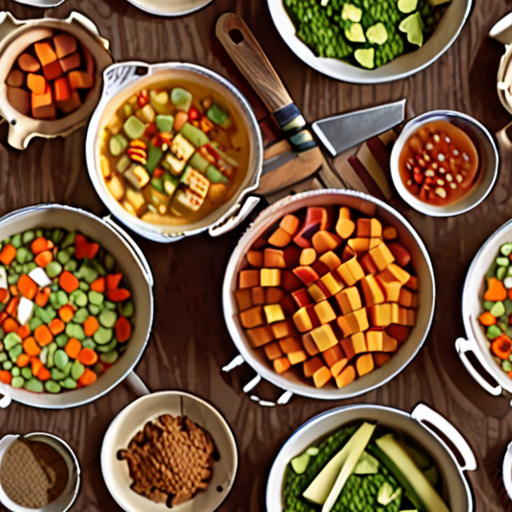
Teaching Yourself to Cook Like a Chef
Familiarizing yourself with the basics of cooking is essential to learning how to cook like a chef.
- Start by understanding kitchen terminology and basic cooking techniques, such as sautéing, roasting, and boiling.
- Learn about different types of cuisine and cooking styles, including international and modern twists on classic dishes.
- Practice cooking regularly, experimenting with new ingredients and techniques to develop your skills and confidence.
- Watch cooking videos and TV shows to gain inspiration and learn from experienced chefs.
- Take online cooking classes or workshops to learn specific skills and techniques, such as knife work, sauce making, and pastry preparation.
Cooking Techniques to Master
To cook like a chef, you need to master various cooking techniques, including:
- Searing and browning meat and vegetables to bring out their natural flavors.
- Roasting meats and vegetables to achieve tender, caramelized textures.
- Boiling and steaming foods to preserve nutrients and texture.
- Sautéing and stir-frying quickly cooked dishes with minimal oil.
- Emulsifying sauces and dressings to create smooth, creamy textures.
Key Ingredients to Know
Familiarize yourself with common ingredients used in professional kitchens, including:
- Aromatics like onions, garlic, and ginger.
- Herbs and spices, such as thyme, rosemary, and cumin.
- Oils and vinegars, like olive oil, coconut oil, and balsamic vinegar.
- Dairy products, such as butter, cream, and cheese.
- Grains and starches, like rice, pasta, and bread.
Tools and Equipment to Invest In
To cook like a chef, you’ll need the right tools and equipment, including:
- A sharp chef’s knife and cutting board.
- A stainless steel or cast iron skillet for searing and frying.
- A Dutch oven or heavy pot for braising and stewing.
- A stand mixer or hand mixer for whipping and beating.
- A set of measuring cups and spoons for precise measurements.
Practice Makes Perfect
The key to cooking like a chef is practice, patience, and persistence.
Experiment with new recipes and techniques, and don’t be afraid to try again if something doesn’t turn out as expected.
With time and practice, you’ll develop the skills and confidence to cook like a pro.
Cooking Like a Chef: Mastering Essential Skills
To cook like a professional chef, you need to develop a combination of technical skills, creativity, and attention to detail.
-
Understanding Kitchen Fundamentals
Familiarize yourself with basic kitchen tools, equipment, and ingredients. Learn how to properly chop, dice, and mince vegetables, meat, and herbs.
Invest in essential cooking utensils, such as a chef’s knife, cutting board, pots, pans, and cooking vessels.
Stock your pantry with staple ingredients, including oils, spices, seasonings, and condiments.
-
Developing Cooking Techniques
Master various cooking methods, including sautéing, roasting, grilling, steaming, and braising.
Practice cooking different types of protein, such as meats, poultry, fish, and eggs.
Experiment with various cooking techniques, such as sous vide, fermentation, and molecular gastronomy.
-
Creating Flavor Profiles
Understand the principles of flavor pairing and balance.
Learn how to use aromatics, acidity, sweetness, saltiness, and umami to create complex flavor profiles.
Experiment with different seasoning blends and marinades to add depth and complexity to dishes.
-
Presenting Dishes
Learn how to plate dishes attractively and creatively.
Pay attention to garnishes, sauces, and presentation styles.
Practice plating different types of cuisine, including appetizers, entrees, and desserts.
-
Maintaining a Clean and Organized Kitchen
Establish a cleaning schedule to keep your kitchen clean and organized.
Label and store ingredients, cooking supplies, and equipment efficiently.
Implement a waste reduction plan to minimize food waste and reduce environmental impact.
-
Staying Up-to-Date with Culinary Trends
Follow food bloggers, chefs, and culinary experts to stay informed about the latest trends and techniques.
Attend cooking classes, workshops, and demonstrations to learn from experienced professionals.
Participate in online forums and social media groups to connect with fellow food enthusiasts and share knowledge.
-
Becoming a Creative Chef
Experiment with new ingredients, flavors, and techniques to develop your unique style.
Take risks and try new things, even if they don’t work out.
Collaborate with other chefs and food enthusiasts to learn from their experiences and gain inspiration.
-
Continuously Improving Your Skills
Set goals and challenges for yourself to continually improve your cooking skills.
Seek feedback from others and be open to constructive criticism.
Stay motivated and inspired by trying new recipes, attending cooking events, and exploring different cuisines.
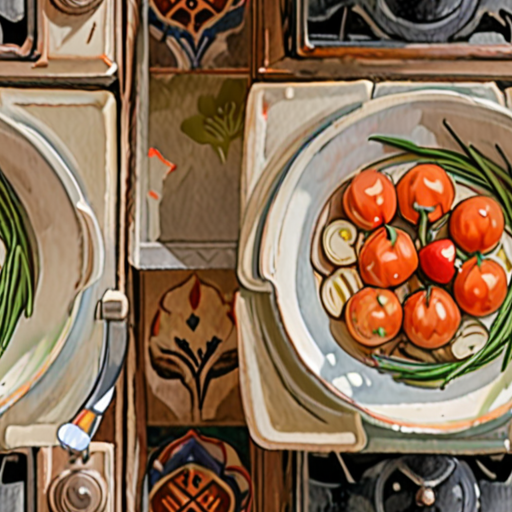
How to Cook Like a Personal Chef
To become a skilled cook, you need to develop a few essential habits and techniques.
-
Master Basic Cooking Techniques
Cooking is all about mastering basic techniques such as sautéing, roasting, grilling, steaming, and braising. Practice these techniques until you feel comfortable with them.
-
Invest in Quality Ingredients
The quality of your ingredients directly affects the taste and texture of your dishes. Invest in fresh, seasonal ingredients and learn how to store them properly.
-
Experiment with New Recipes
Don’t be afraid to try new recipes and experiment with different flavors and ingredients. This will help you develop your own unique cooking style.
-
Practice Meal Planning and Grocery Shopping
Meal planning and grocery shopping are crucial skills for any cook. Plan your meals in advance, make a grocery list, and stick to it.
-
Learn About Different Cuisines
Cooking is not just about following a recipe; it’s also about understanding the culture and history behind different cuisines. Learn about different cooking styles and techniques from around the world.
-
Watch Cooking Videos and Tutorials
Watching cooking videos and tutorials can help you learn new techniques and gain confidence in the kitchen.
-
Take Online Cooking Classes
Taking online cooking classes can help you learn from experienced chefs and gain hands-on experience in the kitchen.
-
Join a Cooking Community
Joining a cooking community can connect you with other cooks who share your passion for cooking. Share recipes, ask questions, and learn from others.
-
Read Cookbooks and Food Blogs
Reading cookbooks and food blogs can inspire you to try new recipes and techniques. Look for cookbooks and blogs that align with your cooking style and interests.
-
Keep Your Kitchen Organized
A well-organized kitchen is essential for efficient cooking. Keep your utensils, pots, and pans organized, and make sure you have everything you need within reach.
By following these tips, you’ll be well on your way to becoming a skilled cook and developing your own unique cooking style.
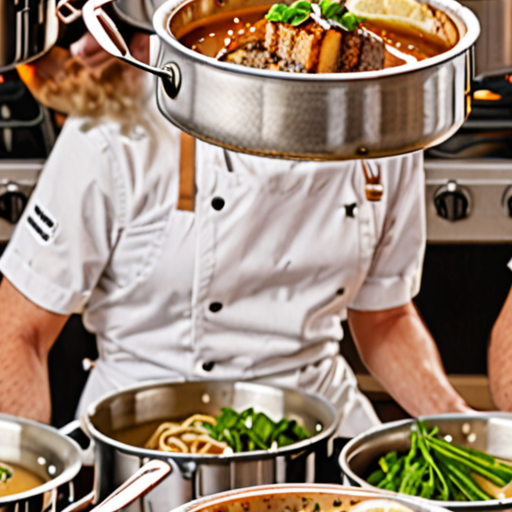
The Chef Golden Rule
Maintaining a clean and organized workspace is crucial in a professional kitchen.
- Mise en place is a fundamental concept in cooking that involves preparing and organizing all ingredients before starting to cook.
- This includes chopping vegetables, measuring spices, and having everything within easy reach.
- Mise en place helps in maintaining efficiency during service and ensures that dishes are prepared quickly and accurately.
- By following mise en place, chefs can reduce stress and errors in the kitchen, resulting in a smoother and more enjoyable dining experience for customers.
At Memories Restaurant, we understand the importance of mise en place and strive to maintain a clean and organized workspace in our kitchen.
We believe that a well-organized kitchen is essential for producing high-quality dishes and providing excellent customer service.
Our chefs take pride in their work and adhere to the highest standards of cleanliness and organization in the kitchen.
This commitment to excellence has earned us a reputation as one of the top restaurants in the city.
We invite you to visit us and experience the difference that a well-run kitchen makes.
Learn more about our culinary philosophy and approach to cooking at Memories Restaurant .
Discover how our commitment to mise en place and kitchen organization sets us apart from other restaurants and provides our customers with an exceptional dining experience.
From the moment you walk in the door, you’ll notice the attention to detail and care that goes into every aspect of our restaurant.
Our staff is dedicated to providing exceptional service and ensuring that every guest feels welcome and valued.
Whether you’re looking for a romantic dinner for two or a special occasion celebration, we have the perfect menu and atmosphere for you.
So why wait? Book your table today and experience the magic of Memories Restaurant for yourself!
The Four Basic Rules of Cooking
At Memories Restaurant, we believe that cooking is an art that requires attention to detail and adherence to certain fundamental principles.
- Cleanliness is Key
- Separate Raw and Ready-to-Eat Foods
- Cooking to the Right Temperature
- Chill Leftovers Properly
We always start with clean hands, utensils, and equipment to prevent cross-contamination and ensure food safety.
This helps prevent the risk of contamination and ensures that raw ingredients don’t come into contact with cooked or ready-to-eat foods.
We cook our dishes to the recommended internal temperature to kill bacteria and ensure food safety.
We refrigerate leftovers promptly and store them at a temperature below 40°F (4°C) to prevent bacterial growth.
By following these simple yet essential rules, we can enjoy delicious and safe meals that bring people together.
For more information on food safety and cooking techniques, visit our cooking tips page .
Additionally, you may want to check out other reputable sources such as the FDA and the CDC for more information on food safety and handling.
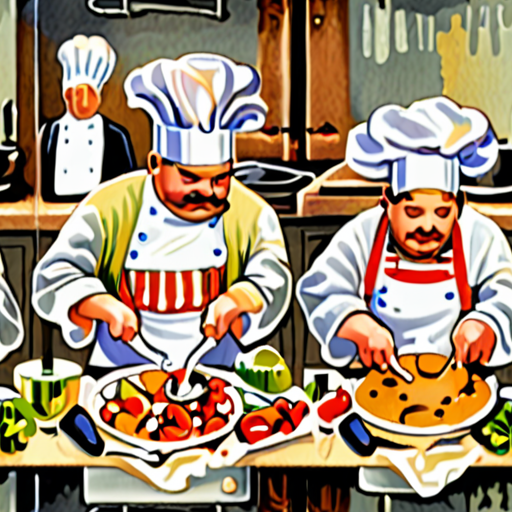
The Pecking Order for Chefs
In the culinary world, a well-defined kitchen hierarchy ensures smooth operations and effective communication among team members.
-
Executive Chef:
The highest authority in the kitchen, responsible for menu planning, inventory management, and overall kitchen operations.
-
Head Chef:
Reports directly to the Executive Chef, overseeing daily kitchen activities, managing staff, and ensuring high-quality dishes.
-
Sous Chef:
Assists the Head Chef, handling tasks such as ordering supplies, scheduling staff, and maintaining kitchen cleanliness.
-
Chef de Partie:
Responsible for specific stations within the kitchen, such as saucier, poissonier, or rotisseur, working closely with the Sous Chef.
-
Commis Chef:
Entry-level position, assisting senior chefs with various tasks, learning kitchen procedures, and developing cooking skills.
-
Dishwasher:
Maintains kitchen hygiene, washing dishes, utensils, and equipment, ensuring a clean and safe environment.
Effective communication and teamwork are crucial in maintaining a harmonious kitchen environment, allowing chefs to work efficiently and deliver exceptional cuisine.
Conclusion:
A well-established kitchen hierarchy promotes productivity, creativity, and customer satisfaction, making it essential for restaurants to establish a clear pecking order for their culinary teams.
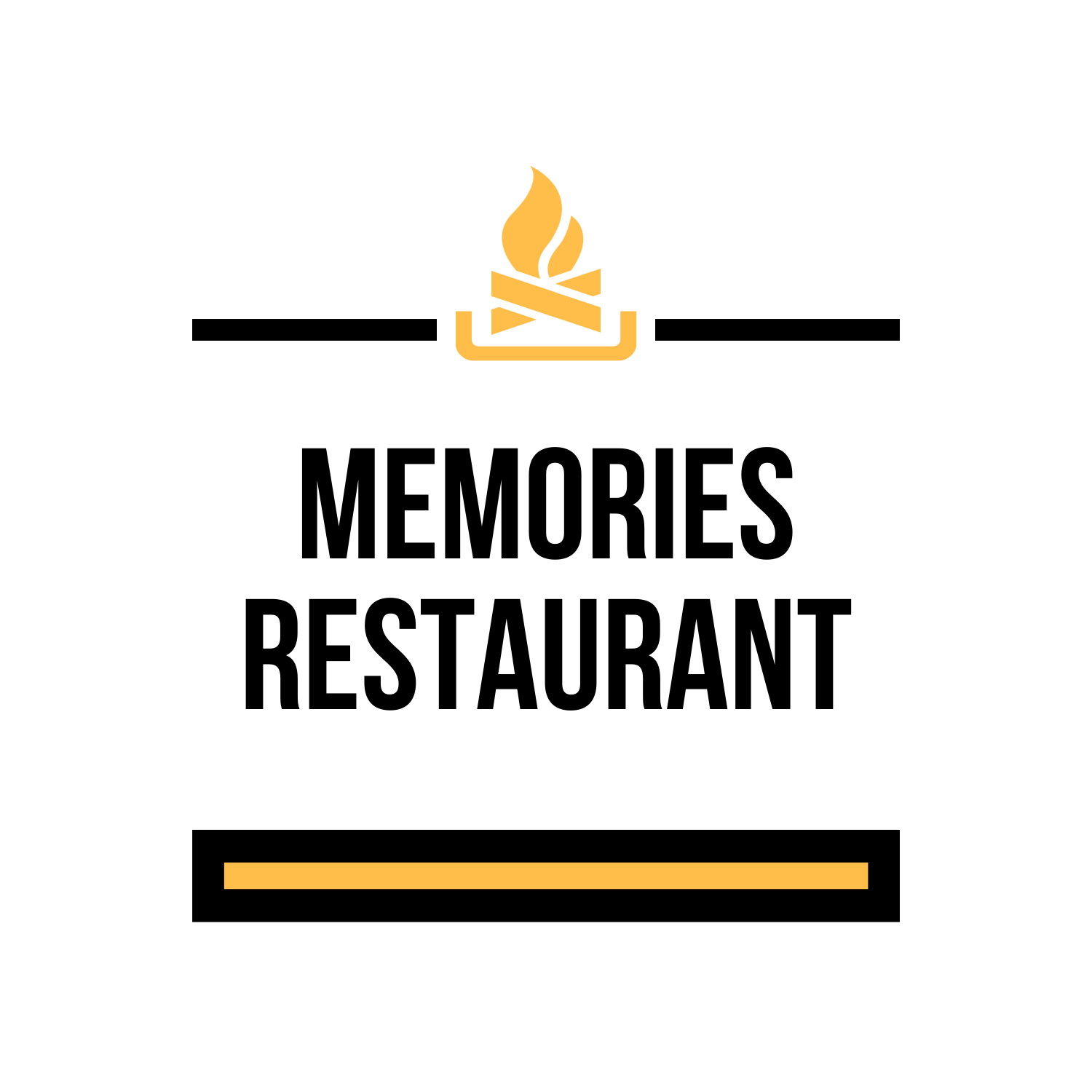
0 Comments